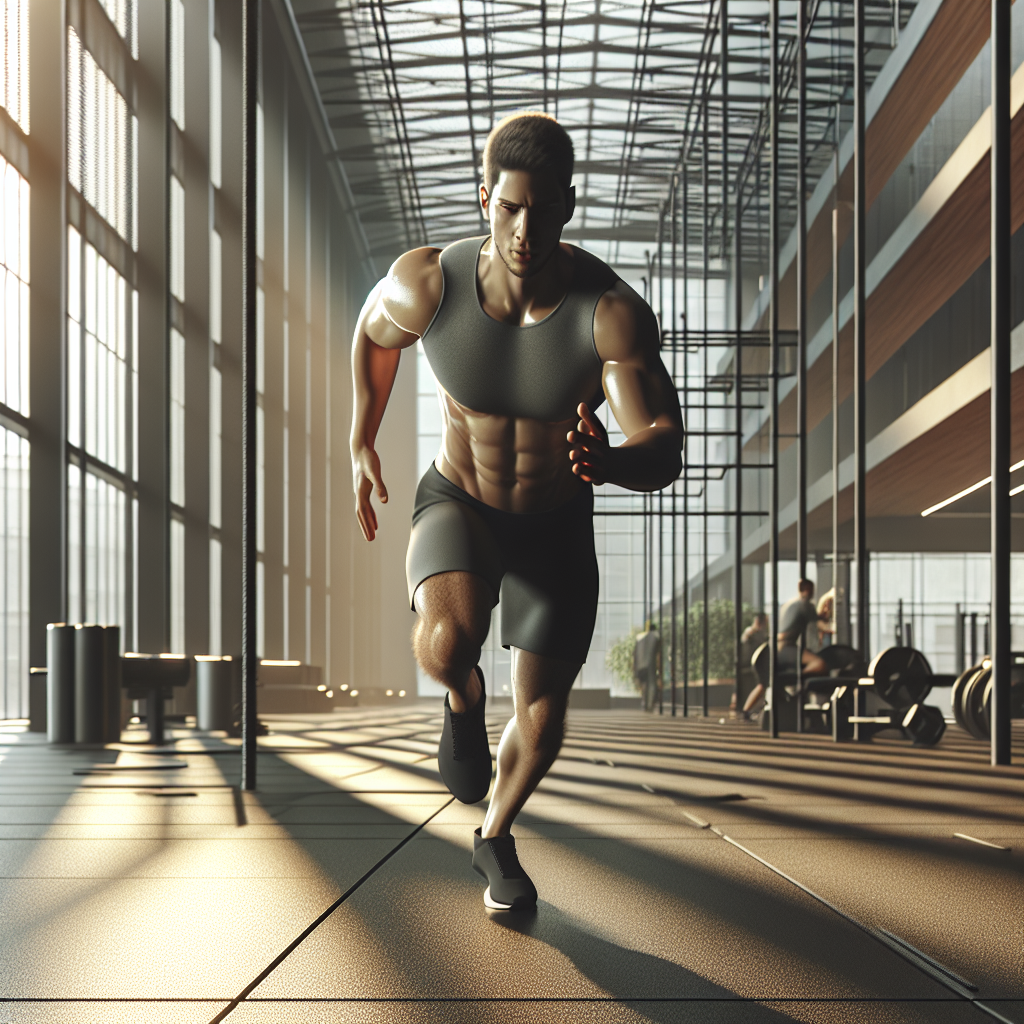The rise of plant-based diets has sparked intense interest in alternative protein sources. Discover how to meet your protein needs through plant-based foods while ensuring optimal nutrition. Learn practical strategies for creating balanced, protein-rich meals without animal products.

As more people embrace plant-based eating for health, environmental, or ethical reasons, understanding how to obtain adequate protein from plant sources becomes increasingly important. This comprehensive guide will explore the world of plant-based proteins and provide practical advice for meeting your nutritional needs.
Understanding Protein Basics
Protein is essential for building and repairing tissues, producing enzymes and hormones, and maintaining overall health. While animal products are traditionally considered complete protein sources, containing all essential amino acids, many plant-based options can provide comparable nutritional benefits when properly combined.
The average adult needs about 0.8 grams of protein per kilogram of body weight daily, though athletes and active individuals may require more. Contrary to common misconceptions, meeting protein requirements through plant-based sources is entirely achievable with proper planning.
Complete vs. Incomplete Proteins
Protein sources are typically categorized as complete or incomplete, based on their amino acid profiles. Complete proteins contain all nine essential amino acids in adequate amounts, while incomplete proteins may lack or be low in one or more essential amino acids.
Some plant foods, such as quinoa, buckwheat, and soy products, are complete proteins. However, most plant proteins are incomplete, making it important to consume a variety of protein sources throughout the day to ensure adequate intake of all essential amino acids.
Top Plant-Based Protein Sources
Legumes form the foundation of plant-based protein nutrition. Lentils, chickpeas, black beans, and other beans provide substantial protein along with fiber, minerals, and other nutrients. One cup of cooked lentils contains about 18 grams of protein, making them an excellent staple for plant-based meals.
Soy products, including tofu, tempeh, and edamame, are particularly valuable as complete protein sources. Tempeh offers about 20 grams of protein per cup, while also providing beneficial probiotics and fiber. Tofu's versatility makes it an excellent meat substitute in various dishes.
Whole grains contribute significantly to protein intake while providing essential nutrients and fiber. Quinoa, often called a complete protein, contains about 8 grams of protein per cup. Other protein-rich grains include amaranth, buckwheat, and wild rice.
Optimizing Protein Absorption
To maximize protein utilization from plant sources, consider food combining strategies. While it's not necessary to combine proteins at every meal, consuming various protein sources throughout the day ensures adequate intake of all essential amino acids.
Classic combinations include rice and beans, hummus with whole grain pita, or quinoa with lentils. These pairings not only create complete protein profiles but also offer satisfying and culturally diverse meal options.
Meal Planning and Preparation
Successful plant-based eating requires thoughtful meal planning. Start by identifying your daily protein needs and distributing them across meals and snacks. Include a protein source at each meal, aiming for variety throughout the day.
Breakfast might include overnight oats with chia seeds and nuts, while lunch could feature a quinoa bowl with roasted chickpeas and vegetables. Dinner might center around a lentil curry or stir-fried tempeh with whole grains.
Supplementation Considerations
While most nutrients can be obtained through a well-planned plant-based diet, certain supplements may be beneficial. Vitamin B12, typically found in animal products, is essential and may need supplementation. Consider consulting a healthcare provider or registered dietitian for personalized recommendations.
Protein powders derived from pea, hemp, or rice can provide convenient protein boosts, particularly for athletes or those with higher protein needs. Look for products with minimal additives and ensure they complement, rather than replace, whole food sources.
Addressing Common Concerns
Many people worry about protein deficiency when adopting a plant-based diet. However, studies show that vegetarians and vegans who eat a varied, whole-food diet typically meet or exceed their protein requirements. The key is consuming adequate calories from diverse plant sources.
Athletes and bodybuilders can also thrive on plant-based proteins. Many professional athletes follow plant-based diets while maintaining peak performance. The key is increased attention to meal planning and potentially higher overall food intake to meet elevated protein needs.
Practical Tips for Success
Start gradually when increasing plant-based proteins, allowing your digestive system to adjust to higher fiber intake. Stay well-hydrated and consider soaking or sprouting legumes to improve digestibility and nutrient absorption.
Batch cooking legumes and grains can make meal preparation more convenient. Keep a variety of protein-rich snacks available, such as trail mix with nuts and seeds, roasted chickpeas, or hummus with vegetables.
Conclusion
Meeting protein needs through plant-based sources is both achievable and beneficial for health. By understanding protein requirements, incorporating diverse protein sources, and following proper meal planning strategies, you can thrive on a plant-based diet while meeting all your nutritional needs. Remember that transition periods require patience and adjustment, but the long-term benefits to health and environmental sustainability make the effort worthwhile.



